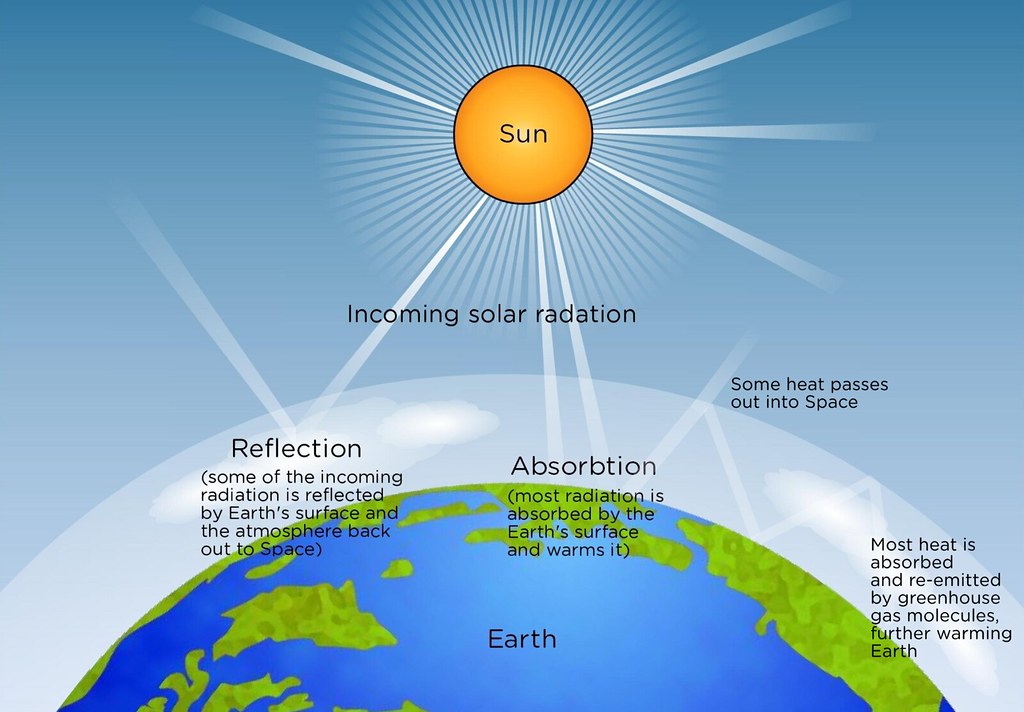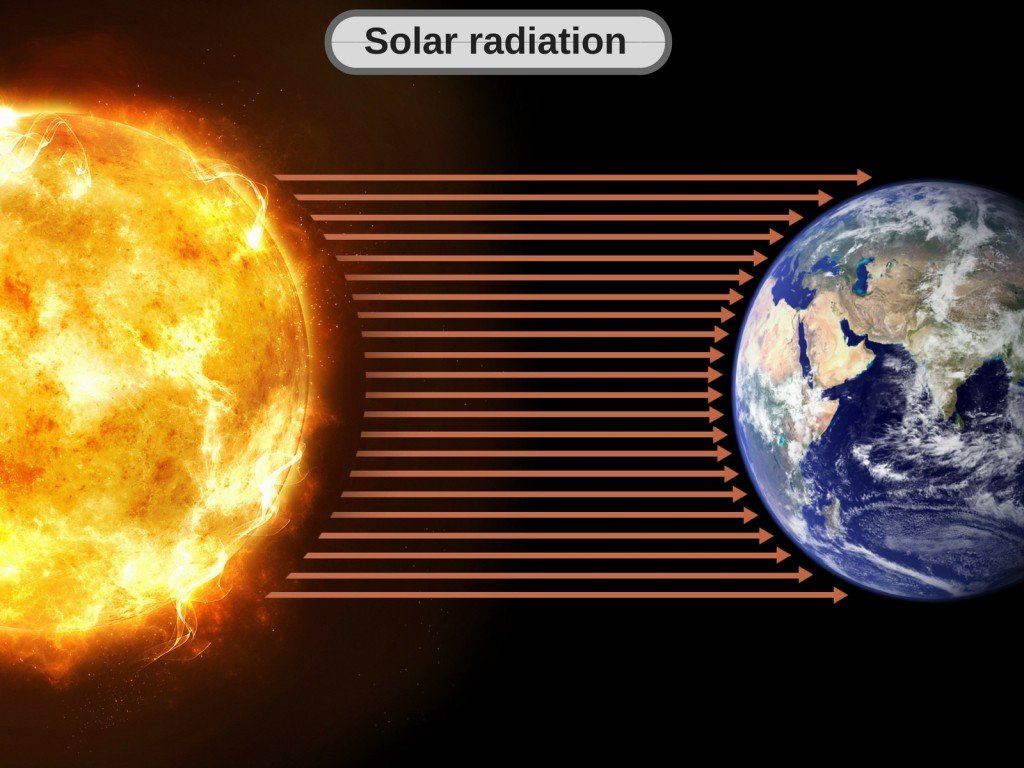How Heat Travels from the Sun to Earth
Electromagnetic Radiation from the Hot Sun
The Sun continuously releases huge amounts of energy through thermonuclear fusion reactions in its core. Hydrogen atoms fuse together to form helium, releasing electromagnetic radiation in the process. This solar electromagnetic radiation works its way out towards the Sun’s surface, heating the plasma atmosphere. At a surface temperature of around 6,000 degrees Celsius, the Sun radiates energy into space. The Sun’s energy output takes the form of electromagnetic waves across the electromagnetic spectrum. Most of the energy is in the visible light and infrared portions of the spectrum. This photonic solar radiation streams out from the Sun at the immense speed of light, nearly 300,000 kilometers per second. After approximately eight minutes of traveling through the vacuum of space, some of the Sun’s radiation intercepts Earth.

Absorption and Reflection of Solar Energy on Earth
Upon reaching Earth, some of the incoming solar radiation is absorbed by our planet’s surfaces while some is reflected back out to space. Landmasses, bodies of water, and air all interact with solar energy flowing into the Earth system. Darker colors and materials tend to absorb more of the Sun’s warmth, while lighter surfaces reflect a greater portion of photons back into the cosmos. Oceans, soil, rocks, ice, and other landscape features absorb some of the penetrating solar thermal energy. This heating effect warms the Earth’s varied land and water environments. Warmer surfaces then transfer heat to the atmosphere through direct contact and molecular conduction processes. Convection currents arise as warmer, less dense air rises and circulates heat around the globe. In this manner, solar warmth permeates the planet on macro and micro scales.
Terrestrial Thermal Radiation and Climate Equilibrium
As the land, seas, and atmosphere are heated up by absorbed solar radiation, they begin to radiate thermal energy as well. The Earth radiates predominantly in the infrared spectrum, emitting photons produced by the vibration and rotation of molecules. This outgoing terrestrial thermal radiation works to cool the system by counterbalancing the absorptive effects of incoming solar radiation.
During the day, as the Earth absorbs energy from the Sun, its temperature rises gradually. At night, when solar input diminishes, the Earth continues radiating accumulated heat away into the cosmos. This cycle of solar gain and nocturnal loss acts to regulate the planet’s average thermodynamic state. Once radiative losses match the Sun’s gains, an equilibrium is struck and net heating ceases temporarily. Thus temperature swings between day and night and across the seasons help maintain a livable climate on Earth.
Passage Through Vacuum and Atmosphere
Both the Sun’s electromagnetic radiation and the Earth’s infrared thermal emission travel through largely empty space as electromagnetic waves. Since these waves require no medium for propagation, radiation can readily cross the vacuum between celestial bodies. At nearly the speed of light in a vacuum, photonic energy transfer is extremely efficient across the 150 million kilometer gulf separating Earth and Sun. However, once within Earth’s atmosphere, conditions change considerably versus open space. Air molecules, water vapor, dust particles, and other components interact strongly with electromagnetic waves on both macro and micro scales. Effects like absorption, scattering, and selective transmission alter the propagation characteristics of radiation compared to empty space. These atmospheric interactions ultimately determine how efficiently sunlight reaches the lower atmosphere and surface, and how well terrestrial infrared escapes to space, regulating our planet’s energy budget and climate long-term.
Conclusion: Radiation as Universal Heat Transfer
In summary, radiation provides the sole means of heat transport across the inhospitable vacuum between astronomical objects. The Sun’s immense temperatures and duration have endowed it with sufficient luminosity to significantly impact planetary surfaces at interstellar distances, like Earth, via radiative heating alone. All celestial bodies continuously gain and lose thermal energy through this omnipresent process.
Radiative heat transfer proves universally significant, whether considering stars, exoplanets, or our own dynamic Earth system and its regulation by incoming solar energy balanced by outgoing infrared. Life itself ultimately owes its existence and persistence to this fundamental energetic exchange through space and innumerable radiation encounters both constructive and destructive. Overall, radiation stands revealed as the solitary yet supremely capable mechanism driving thermodynamics on all scales of the cosmos.
